The Chinese Are Coming!
Or not. Despite all the noise about a Chrysler – Chery hook-up, despite Chinese manufacturers' presence at the North American International Auto Show, we have yet to see a single Chinese-built (let alone designed) vehicle here in the U.S. So, are they really coming? The short answer is yes, some of them, eventually. But not for quite a while yet.
The number one reason we haven’t see Chinese (or Indian for that matter) cars on these shores: home markets. Right now, the Chinese market is growing at a rabid clip. Local automakers are more concerned with increasing production and filling newly emerging gaps and niches than sinking scarce foreign currency into expensive export drives.
Before Chinese automakers look east (or south or west), their home market must reach a saturation point– a pause that may take a decade or more to realize. Sure, they may dip their toes in low-cost developing nations, but the real action is at home. Taking their eyes off the domestic market is a one-way ticket to marginalization.
This brings us to point two: there are a LOT of Chinese automakers and just one party running the country.
You might think this could lead to issues of favoritism, once some of the makers make the leap abroad. That ain’t the half of it. Being a single-party government does not mean that the government has only one thought process (look at Chicago). Any Chinese maker looking to dive into the U.S. market must trust that China’s government officials will go to bat for them in international trade negotiations. At the same time, the automaker has to worry about all the officials they DON’T own cutting them off at the knees (or worse).
There’s an even bigger problem with cracking the American market: the sheer scale of the undertaking.
To capture American market share, a carmaker needs dealers, parts, lawyers (lots of lawyers), national advertising, administrative staff, buildings, food, someone to keep the U.S. government happy and God knows what else. These are huge sunk costs.
Worse, all of these capital costs, goods and services must be paid in dollars– one case where a Chinese company’s main cost advantage cuts back at them. Toyota and Nissan took 10 years to crack the American market. Hyundai took about seven to eight years to gain a toehold. And those are the “successes.” The list of car companies who failed in the American car market is long and illustrious, including Fiat, Peugeot, TVR and many more.
Of course the Chinese could get a partner. After all, there are plenty of “joint” Chinese/foreign companies in their home market (and a few pure Chinese ones). And yet none have brought a Chinese-made vehicle stateside.
Again, their recalcitrance may be a matter of rational economics (make money in the booming market, don’t branch out). It may also represent a lack of trust re: reliability/build quality of Chinese-made vehicles. The dearth may also reflect a desire by Chinese companies not to give their “partners” leverage– in case they try to “nationalize” the subsidiaries.
But the biggest inhibition is history. Emigrating as a “captive” import has never been a path to American manufacturing glory. Isuzu just left, Suzuki hasn’t yet (but no one can really tell), Renault/AMC didn’t exactly set the world on fire. “Going it alone” would be a dangerous path for a Chinese automaker, but it at least offers the chance of success. The major players make lousy pimps.
Buying out an unsuccessful U.S. dealer network would seem to be the quick way around many of these problems. The problem here is with what’s available, or likely to become available soon. Isuzu’s dealer network was nothing to write home about: sparse, truck-centered and closely tied to GM. On the other hand, if Chrysler should go on the block, it would be if anything, worse.
The first problem is scale. There are far too many Chrysler dealers right now (it’s one of the reasons they’re in so much trouble). As they stand, none of the Chinese automakers could fill a supply channel larger than Honda’s (with two to three times the dealers). Also, any procedure that sees Chrysler go on the block is likely to void most of the dealer contracts. “Chery”-picking may be possible once the dust settles. But in that case, there’s little difference from starting an all-new network (certainly not in terms of cost).
All that said, the Chinese may still venture stateside. Believe it or not, failure will signal their arrival. Sooner or later, the Chinese market will stabilize—or tank (saturation, outside economic factors, government instability). Once the domestic market cools off, an established Chinese domestic car company or three will fail. Some of the survivors will merge. Others will look overseas for their survival. Then, the Chinese automakers will finally arrive in America, in force.
More by Andrew Dederer
Latest Car Reviews
Read moreLatest Product Reviews
Read moreRecent Comments
- Alan Well, it will take 30 years to fix Nissan up after the Renault Alliance reduced Nissan to a paltry mess.I think Nissan will eventually improve.
- Alan This will be overpriced for what it offers.I think the "Western" auto manufacturers rip off the consumer with the Thai and Chinese made vehicles.A Chinese made Model 3 in Australia is over $70k AUD(for 1995 $45k USD) which is far more expensive than a similar Chinesium EV of equal or better quality and loaded with goodies.Chinese pickups are $20k to $30k cheaper than Thai built pickups from Ford and the Japanese brands. Who's ripping who off?
- Alan Years ago Jack Baruth held a "competition" for a piece from the B&B on the oddest pickup story (or something like that). I think 5 people were awarded the prizes.I never received mine, something about being in Australia. If TTAC is global how do you offer prizes to those overseas or are we omitted on the sly from competing?In the end I lost significant respect for Baruth.
- Alan My view is there are good vehicles from most manufacturers that are worth looking at second hand.I can tell you I don't recommend anything from the Chrysler/Jeep/Fiat/etc gene pool. Toyotas are overly expensive second hand for what they offer, but they seem to be reliable enough.I have a friend who swears by secondhand Subarus and so far he seems to not have had too many issue.As Lou stated many utes, pickups and real SUVs (4x4) seem quite good.
- 28-Cars-Later So is there some kind of undiagnosed disease where every rando thinks their POS is actually valuable?83K miles Ok.new valve cover gasket.Eh, it happens with age. spark plugsOkay, we probably had to be kewl and put in aftermarket iridium plugs, because EVO.new catalytic converterUh, yeah that's bad at 80Kish. Auto tranny failing. From the ad: the SST fails in one of the following ways:Clutch slip has turned into; multiple codes being thrown, shifting a gear or 2 in manual mode (2-3 or 2-4), and limp mode.Codes include: P2733 P2809 P183D P1871Ok that's really bad. So between this and the cat it suggests to me someone jacked up the car real good hooning it, because EVO, and since its not a Toyota it doesn't respond well to hard abuse over time.$20,000, what? Pesos? Zimbabwe Dollars?Try $2,000 USD pal. You're fracked dude, park it in da hood and leave the keys in it.BONUS: Comment in the ad: GLWS but I highly doubt you get any action on this car what so ever at that price with the SST on its way out. That trans can be $10k + to repair.



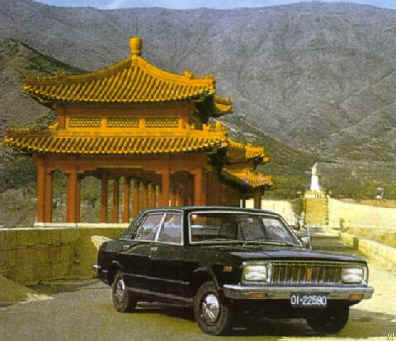
















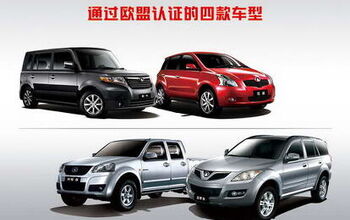
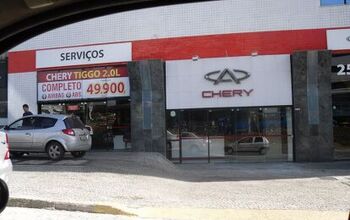
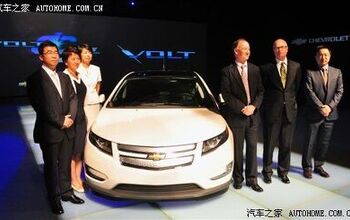
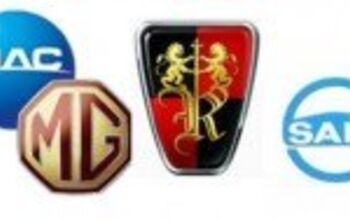










Comments
Join the conversation
I gotta say that if you think the Chinese and Indian companies can't make it here because they can't deal with the regulations, you need to do a little more research. The Mandarins invented bureaucracy.
The direct sales model would seem to be the lowest risk/highest reward model. Tour the US at malls, Wal-Marts and college campuses with low cost shit boxes a la Hyundai 1987, and sell them with lots of content for a little money. The real issue would seem to be the high cost of safety equipment and testing.